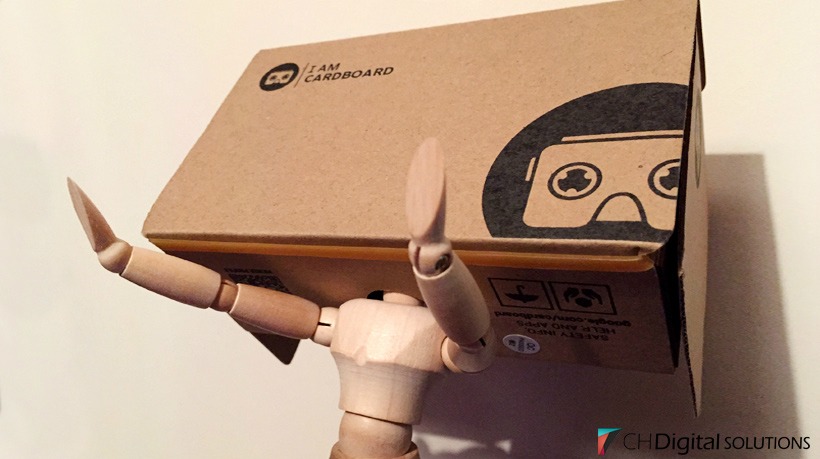How eLearning Simulations Can Be Used As An Effective Marketing Tool
Simulation is a powerful tool for creating memorable learning experiences. However, many big brands can now use simulation-based eLearning to add further value to their products; making it useful from a marketing perspective. These are just some of the different ways eLearning simulations can be used:
- Simulated product training.
Case scenarios and online tutorials help a customer make full sense of a product, and see if it’s something that they might use or need. It helps potential customers to imagine themselves using the product in a particular situation, and can create positive association if the training is effective. From a personal point of view, when I had to learn to use some design software as part of a course, I was impressed with the online tutorials available for a well known program. This led me to use that one rather than any rival product. Well presented and easy-to-follow online support can help build brand loyalty, with a tutorial video being far more accessible than a simple list of instructions. - Capturing data for target marketing.
Using eLearning simulations with a focus group can help a company find qualitative data that shows what potential customers are looking for in a product. eLearning moderators can generate a full report of a learner’s behavior within a simulation using analytics, and break it down for use in marketing. For example; if a focus group were invited to test a simulation of a car manufacturer’s new model and a certain age demographic were observed enjoying testing the car’s stereo and speakers, then any future marketing and advertising could specifically target that age group by showing off the car’s music capabilities. - Gathering feedback to improve design.
Learning is all about feedback and providing an opportunity for learners to become better at tasks. In this instance we can flip this on its head. If most of the members of a focus group are struggling to use a simulation of a product during concept testing –despite appropriate instructions–, then maybe the product itself is too difficult to use or flawed in some way. Eliminating design flaws or features that hinder user-friendliness could save a company millions from potential product failures.
The Future
At CH Digital Solutions we believe that the rise of 360-degree video and new virtual reality headsets such as the Oculus Rift have the potential to take eLearning simulations to the next level. While a standard 2D video can simply show you a course or event, a 360-degree video has the ability to fully immerse a learner in an environment and allow them to engage in a simulation like never before.
Marketers and advertisers can also take advantage of this new technology in a similar way. Destination BC is aiming to promote tourism in British Columbia, Canada by releasing a 360-degree teaser video showing the sights and sounds that would greet a would-be visitor. Such videos showing viewers what they could experience themselves in the flesh have already been used for festivals, sports events and cars.
With the format now widely available on Facebook with most smart phones, it appears that many adverts could soon become a learning simulation of some kind – placing potential customers in new and unusual situations to build interest in a brand or product.








